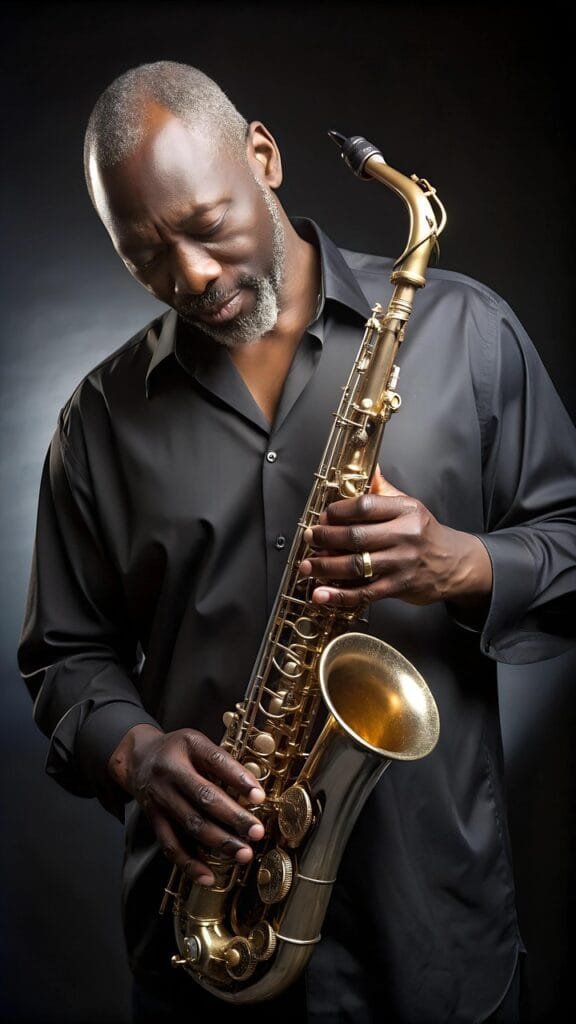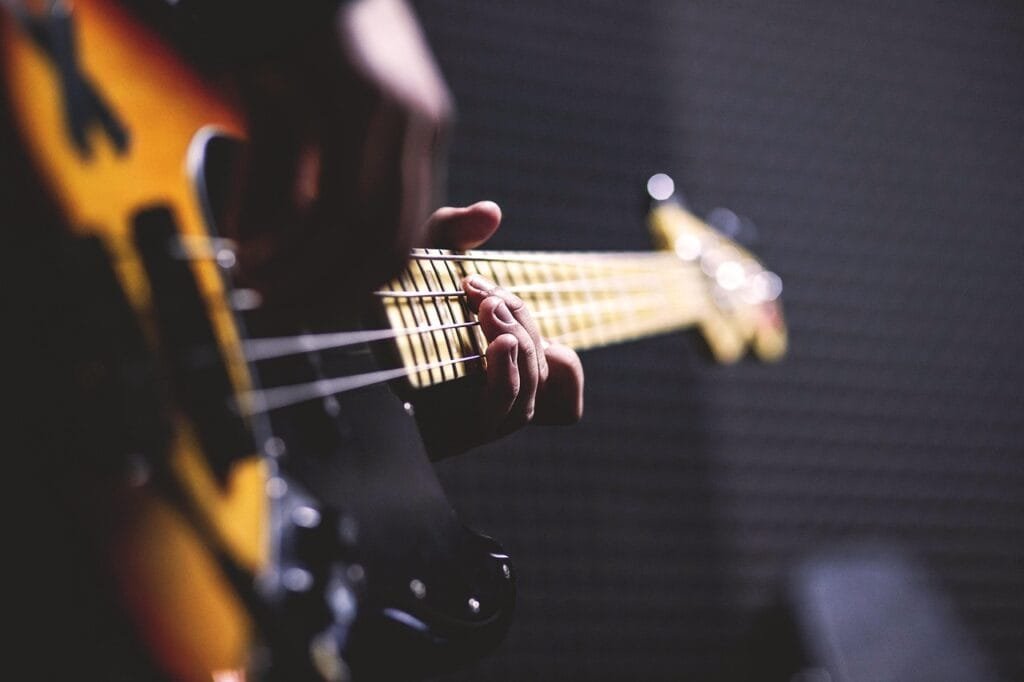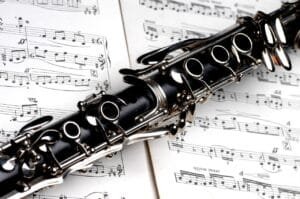Have you ever thought about how music can shape the world around us? Jazz, a genre rooted in rich cultural heritage and creativity, played a significant role during the Civil Rights Era, influencing society in ways that go beyond rhythm and improvisation.
The Roots of Jazz and its Connection to Civil Rights
Jazz emerged in the early 20th century, primarily from African American communities in the Southern United States. It was more than just music; it was a means of expression, a holdover of slavery’s emotional depth, and an escape from the harsh realities of everyday life. As jazz musicians honed their craft, they inadvertently became the voice of a generation fighting against oppression and discrimination.
Understanding the historical context is crucial. In the early 1900s, segregation laws like Jim Crow created a deeply entrenched system of racial inequality. Music, especially jazz, soon became a powerful tool for expressing dissent and hope. Musicians used the freedom of improvisation to convey their feelings about racial injustice, equality, and the human experience.

Key Figures and Their Stories
Throughout this era, several prominent jazz musicians emerged as influential figures not only in music but in civil rights activism.
Louis Armstrong: The Cultural Icon
Louis Armstrong, often considered one of the greatest jazz musicians of all time, had a unique ability to connect with diverse audiences. Despite living in a segregated society, Armstrong broke barriers through his music and charisma. His performance at the 1939 Despite the ongoing racial segregation, his 1939 concert at New York City’s Wagner Theater became a landmark moment; he defied the social norms of his time, becoming a symbol of racial integration.
In 1964, he famously expressed his frustrations over the lack of civil rights in an interview, calling for equality and understanding among races. His influential position allowed him to shine a light on the injustices faced by African Americans, making his voice even more powerful.
Billie Holiday: The Heartfelt Protest
Billie Holiday, renowned for her poignant voice, used her platform to address issues of race. Her song “Strange Fruit,” released in 1939, became an anthem against lynching and racial violence. The haunting lyrics and emotional delivery shed light on the horrific realities faced by Black Americans.
Holiday faced immense struggle in both her personal life and her career, battling racism and addiction. Yet her music became a profound statement of defiance and a call for justice. Her artistry continues to resonate, reminding listeners of the power of music as a form of protest.
John Coltrane: The Spiritual Journey
John Coltrane took jazz in a direction that intertwined his music with spirituality and social consciousness. His work during the 1960s, particularly the album “A Love Supreme,” highlighted themes of love, faith, and unity.
Coltrane was deeply affected by the Civil Rights Movement and sought to use his music as a means of advocating for peace and understanding. He famously stated, “My music is the spiritual expression of what I am, my faith, my knowledge, my being.” Through his influence, Coltrane inspired a new generation to see jazz as more than entertainment; it was a movement in itself.
The Cultural Landscape of the Civil Rights Era
During the Civil Rights Era, the jazz scene became more than just a collection of performances; it transformed into a cultural hub for activism. Music venues became spaces for dialogue, where the struggles and aspirations of African Americans could be expressed freely.
Harlem Renaissance: A Cultural Explosion
The Harlem Renaissance of the 1920s played a crucial role in this cultural explosion. It was a time when African American artists flourished, contributing to literature, visual arts, and music. Jazz was inextricably linked to this movement, providing a soundtrack filled with the echoes of resistance against the systemic oppression that permeated society.
The Black-owned clubs, such as The Cotton Club and The Apollo Theater, provided platforms for jazz musicians to showcase their talents. These venues became fertile grounds for cultivating a sense of community and solidarity among audiences hungry for change.

The Intersection of Jazz and Activism
Jazz musicians often used their influence to lend support to various civil rights initiatives.
The 1963 March on Washington
The 1963 March on Washington for Jobs and Freedom, a pivotal moment in the Civil Rights Movement, saw several jazz musicians take part. Icons like Duke Ellington and Mahalia Jackson were in attendance, making their presence known. Music was not just a backdrop to these events; it amplified the calls for equality, justice, and economic opportunity.
The melodies of jazz intertwined with the messages of civil rights leaders, making the ideals resonate with people of all backgrounds. The power of music united the crowd, infusing an energizing spirit into the otherwise intense atmosphere of change.
The Legacy of Jazz in the Civil Rights Movement
The impact of jazz musicians during the Civil Rights Era reverberates to this day. Their stories and struggles reflect resilience and courage in the face of systemic oppression.
Influence on Future Generations
The courage displayed by these jazz legends paved the way for future generations of musicians and activists. Today, artists like Common, Kendrick Lamar, and Esperanza Spalding draw inspiration from the principles laid down by their predecessors. Their work continues to reflect the ongoing fight for racial justice and equality, using music as a unifying force.
Jazz has also infiltrated other genres, with its improvisational style leading to the evolution of hip-hop, R&B, and more. The essence of jazz—its rhythms and improvisations—remains deeply embedded in the fabric of American music culture.

The Power of Jazz Today
As you listen to modern tracks that echo the sounds of jazz, consider the legacy of those who came before. The music is not just entertainment; it’s a reflection of societal values, struggles, and hopes.
Continuing the Conversation
While the Civil Rights Era left a profound impact on society, the fight for equality is ongoing. Jazz continues to be a vehicle for expression, weaving through various cultures and communities.
As listeners and enthusiasts, you can keep this legacy alive by supporting contemporary jazz and recognizing its social importance. Attend jazz festivals, support emerging artists, and most importantly, engage in conversations about the ways music influences the world.
Conclusion: The Rhythm of Change
Can you hear the echoes of jazz in the fight for civil rights? As you reflect on the stories of Louis Armstrong, Billie Holiday, and John Coltrane, understand that their music was more than just entertainment; it was a call to action, a mirror reflecting societal issues, and a testament to the transformative power of art.
Jazz musicians played an essential role in shaping the Civil Rights Era, proving that music can inspire change and unite individuals in the pursuit of justice. The next time you listen to a jazz piece, let it remind you of the rhythm of change. Embrace that spirit and carry it forward in your own life, continuing the conversation of equality and justice that these remarkable artists championed.
This article serves as a reminder of how art can influence society, combining personal struggle with cultural significance. As you ponder the role of jazz in the Civil Rights Movement, consider how you can contribute to the ongoing dialogue about justice and equity in your own community. Music is a powerful tool—use it wisely.



